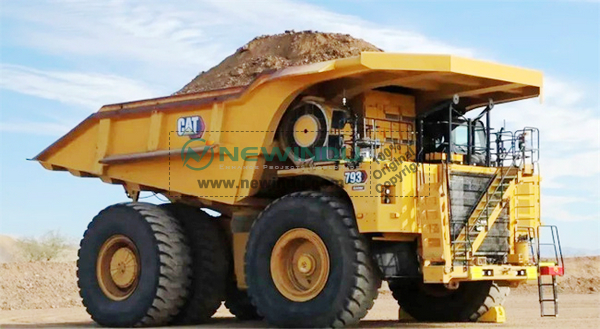Caterpillar recently announced the successful commissioning of its first battery-operated 793 large mining truck.
Caterpillar completed the development of its first battery-operated 793 prototype with the support of key mining customers who participated in Caterpillar's Early Learning Program. Project participants such as BHP Billiton, Freeport McMoRan, Newmont Mining, Rio Tinto and Teck Resources Canada Ltd. signed definitive electrification agreements for this purpose.

Denise Johnson, Caterpillar's group president for the resources industry, said, "Caterpillar's global team worked together to accelerate the development of this first battery-powered Caterpillar mining truck to help our customers meet their commitment to sustainability. This test run is an important milestone. We are excited about the vision of these trucks working in our customers' mines around the world in the near future."
"The Early Learning Program, which begins in 2021, is focused on accelerating the development and testing of Caterpillar's battery-powered trucks at participating customers' mines. "The Early Learning Program will support participating companies in meeting their respective commitments to reduce or eliminate greenhouse gas emissions from their operations. The primary goal of the program is to bring Caterpillar and its customers closer together as the industry undergoes a transformational change in energy.
Customers who participated in the early learning program witnessed a live test run of a prototype Caterpillar battery-powered truck on a 7 km site. In total, Caterpillar monitored more than 1,100 data sources during the demonstration event, collecting 110,000 data points per second to validate simulation and engineering modeling capabilities. The truck was able to reach a maximum speed of 60 km/h with a full load to rated capacity. The fully loaded truck travelled 1 km on a 10% uphill gradient surface at a speed of 12 km/h. The prototype truck also travelled 1 km on a 10% downhill gradient, capturing the energy normally lost to heat and regenerating it into the battery. After completing the entire trial run, the truck still had enough power to complete several full round trips.






